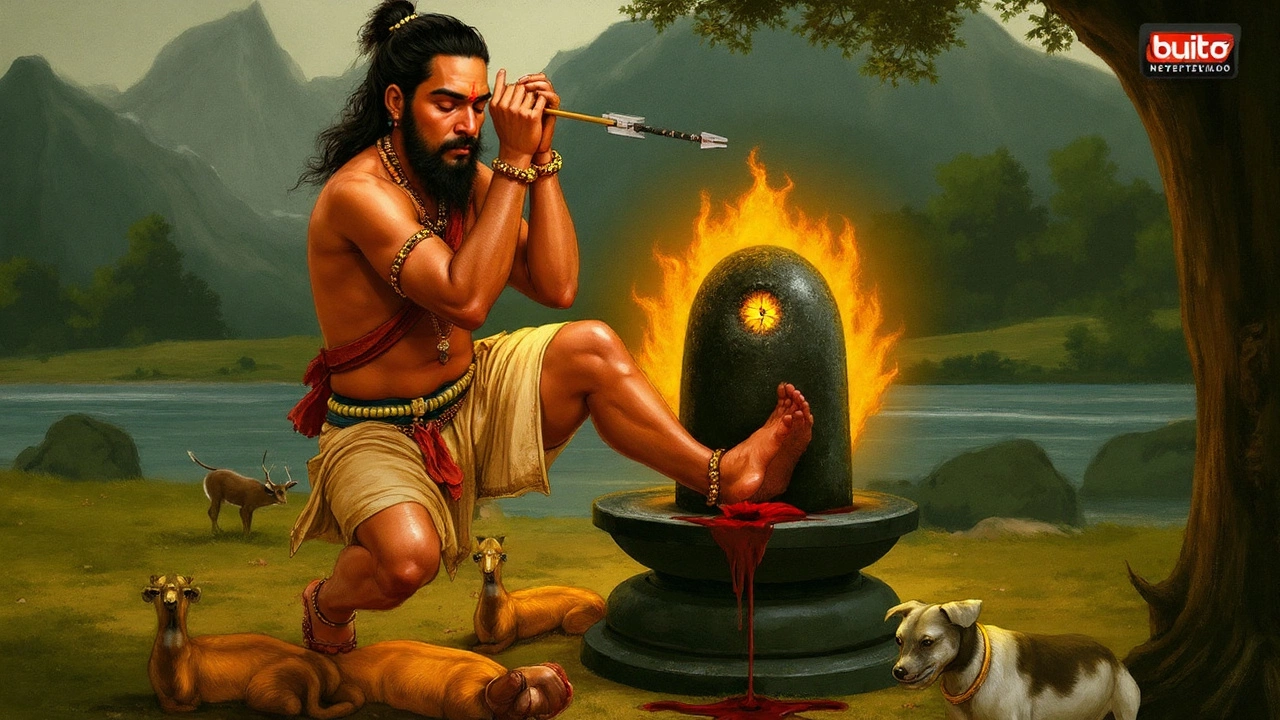Srikalahasti Temple — practical guide for visitors
Srikalahasti Temple sits on the banks of the Swarnamukhi River near Tirupati and draws visitors for its special Shiva worship and strong astrological traditions. The temple is known locally for representing Shiva's wind aspect and for ceremonies tied to Rahu and Ketu. If you plan to go, this guide gives clear tips on what to expect, when to go, how to reach, and how to prepare for temple rituals.
Why people come: many visit for dosha remedies, marriage prayers, or career concerns. Others come for spiritual quiet or to see a temple that keeps traditional pooja routines alive. Inside the complex you’ll see small queues, oil lamps, and priests moving through precise steps; this is part of the experience, not chaos. Note that some inner sanctums restrict photography, so respect signs and staff requests.
When to visit and what to expect
Morning hours are calmer and best for first-time visitors. Festival times such as Maha Shivaratri and Kartika month fill the temple with devotees and special rituals, so expect large crowds and longer waiting times then. The weather from November to February is comfortable for travel, while summer months can be hot and humid — carry water and a hat. Plan at least two to three hours if you want to watch a puja, offer personal prayers, and explore the surrounding temple area.
Getting there, staying, and local tips
Srikalahasti lies about 36 km from Tirupati, which is the closest major city with railway and airport connections. Regular buses and taxis run between Tirupati and Srikalahasti; driving by road is straightforward. On arrival, there’s usually parking near the temple, but it can get crowded during festivals. Local guesthouses and budget hotels are available; book ahead during busy seasons.
Dress modestly — cover shoulders and knees — and remove shoes before entering the sanctum. Carry small change for offerings and prasad; many small stalls may not accept cards. If you want a specific puja or an astrology-related rite, ask the temple counter about timing and fees; some services need prior booking or a short wait. For Rahu-Ketu rituals, priests may request birth details, so keep that information ready.
Accessibility: parts of the complex have steps and uneven ground. If you have mobility issues, check ahead for help or alternative entry points. Bring comfortable footwear for walking outside the sanctum and a light shawl for temple decorum. Food options around the temple include simple vegetarian cafes and prasadam stalls; avoid unsealed street food if you have a sensitive stomach.
Nearby: combine a Srikalahasti visit with a trip to Tirupati temples or a quiet walk along the Swarnamukhi River. Local markets sell traditional items and puja supplies if you plan to buy flowers, incense, or simple souvenirs. Keep your schedule flexible — a slower pace gives better time to observe rituals and talk to local priests or guides if you want more context.
Final tip: arrive early, respect local customs, and enjoy a calm visit to make memories and feel refreshed.

Kannappa Nayanar: The hunter who gave his eyes for Shiva and the legend that still moves India
Sep 5 2025 / Indian Culture & SpiritualityA tribal hunter’s act of plucking out his own eyes for Lord Shiva turned into one of Tamil Saivism’s most powerful legends. The story of Kannappa Nayanar, rooted in Srikalahasti, challenges ritual over love, caste boundaries, and what true devotion looks like—while shaping the living traditions at the famous Vayu Linga temple.
VIEW MORE